Readers may be interested in this article from The Guardian, which documents how a planned burn proposed for an area of Box Ironbark Forest at Whroo (near Rushworth) has been cancelled following a community-led ecological survey. The planned burn was scheduled to take place in autumn 2025, however the survey, which was commissioned by Kinglake Friends of the Forest, found that the burn area contained the only known site for the endangered Bald-tip Beard-orchid (Calochilus richiae). There are less than 10 plants remaining of this species, and the survey ecologist considered the burn to have a high likelihood of causing its extinction: link to article
FOBIF have been advocating for more sensible fuel reduction burning in our region for many years and are very concerned by the impacts caused to our precious flora and fauna. Over the years we have seen resources for biodiversity monitoring and survey dwindle, and the lack of due diligence, surveys and database checks prior to planned burns is a major issue. In 2019, Forest Fire Management Victoria (FFMV) planned to burn a large area of Kalimna Park to the east of Castlemaine, however it took another community-led survey to show that several areas within the planned burn area supported the endangered Eltham Copper Butterfly.
We will continue to advocate for FFMV to do their own background work to ensure that sensitive species are excluded from planned burns. If the community can do it, then so can they.
There is currently a planned burn scheduled for the Maldon Historic Reserve for 2025, and we note that one of the regions most endangered plant species, Lanky Buttons (Leptorhynchos elongatus) has previously been recorded within the proposed burn area. We will be writing to FFMV to determine if any surveys have been undertaken to ensure this species is not impacted.

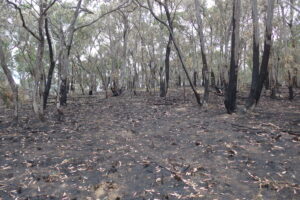
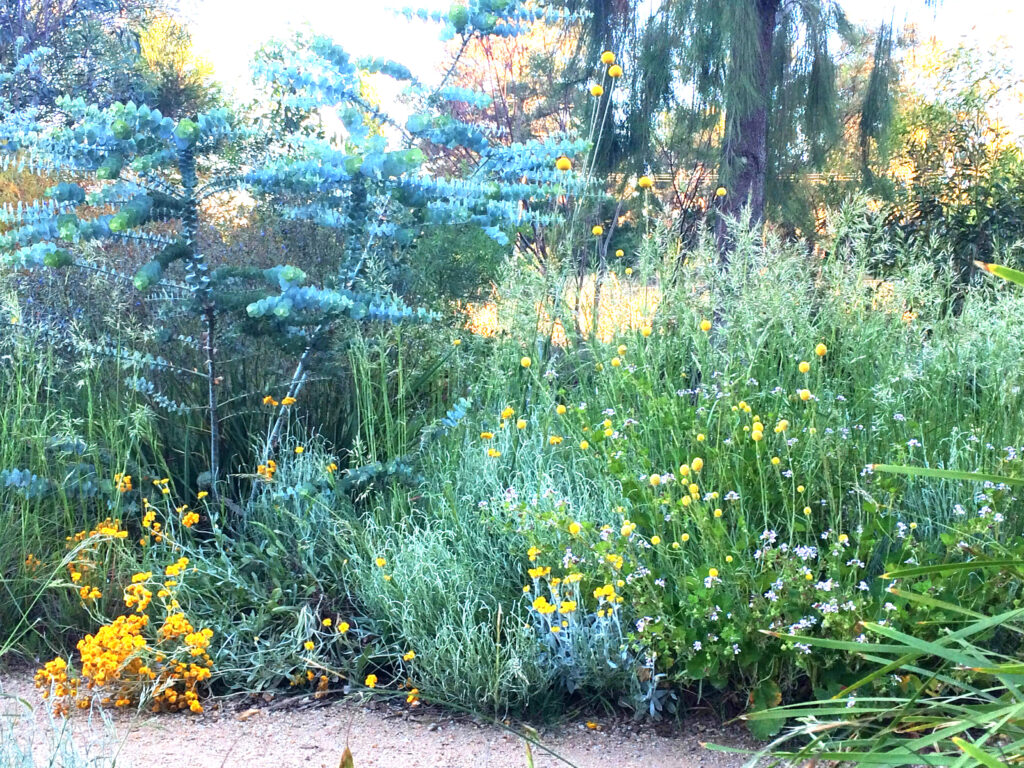
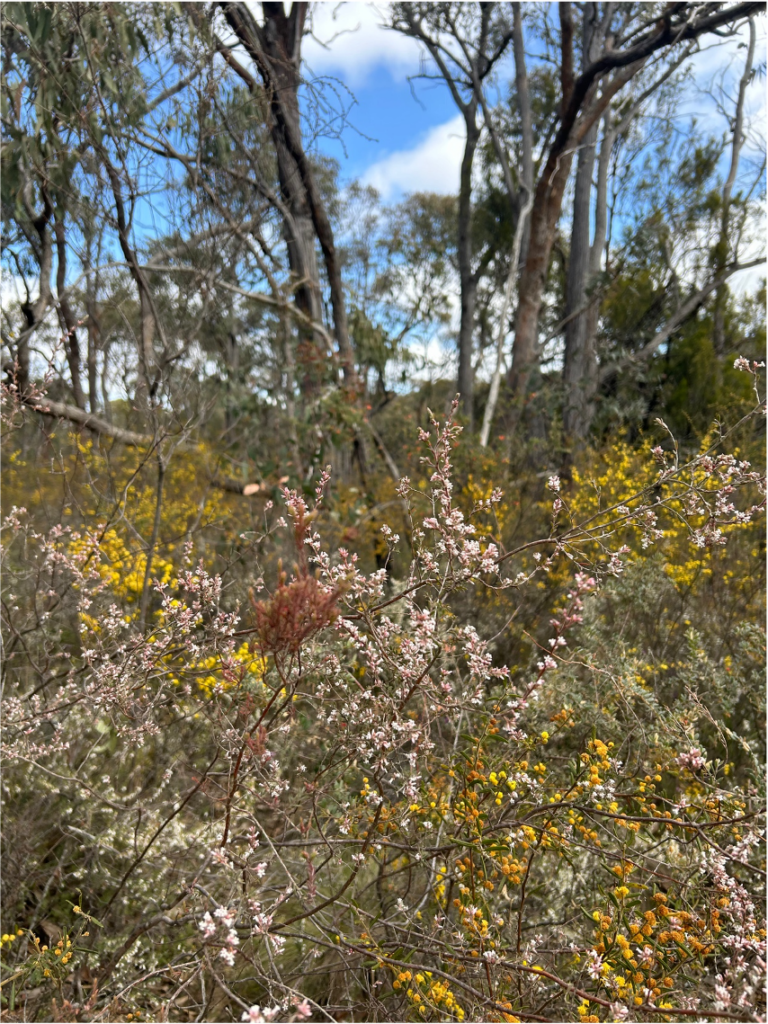
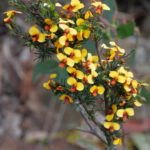
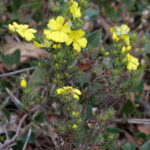
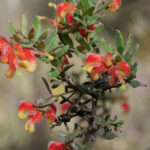
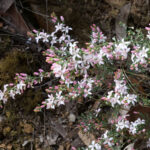
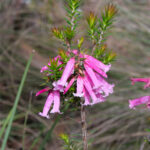
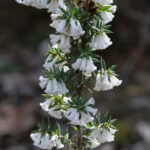
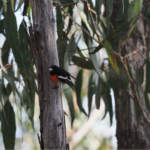
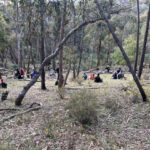
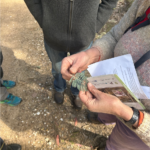
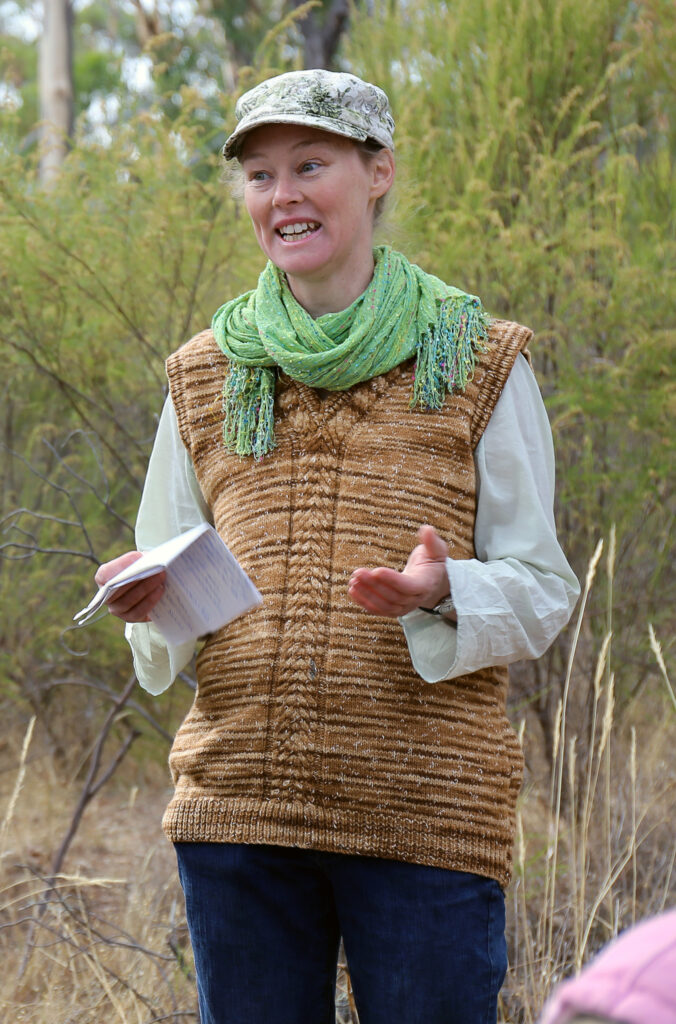

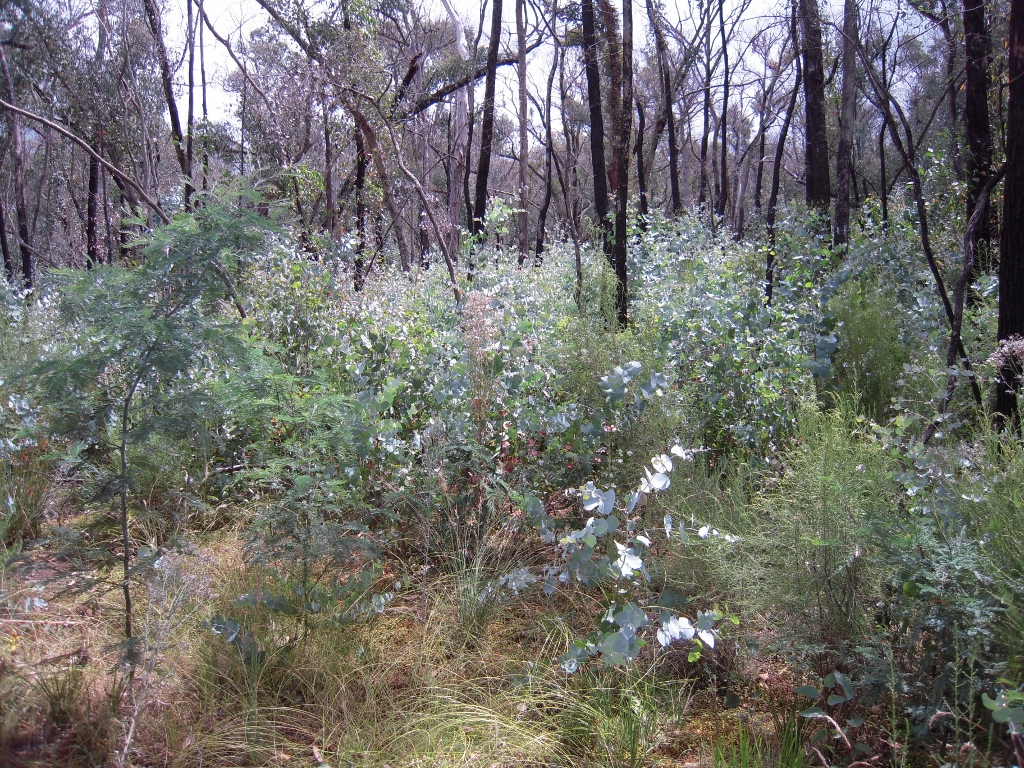

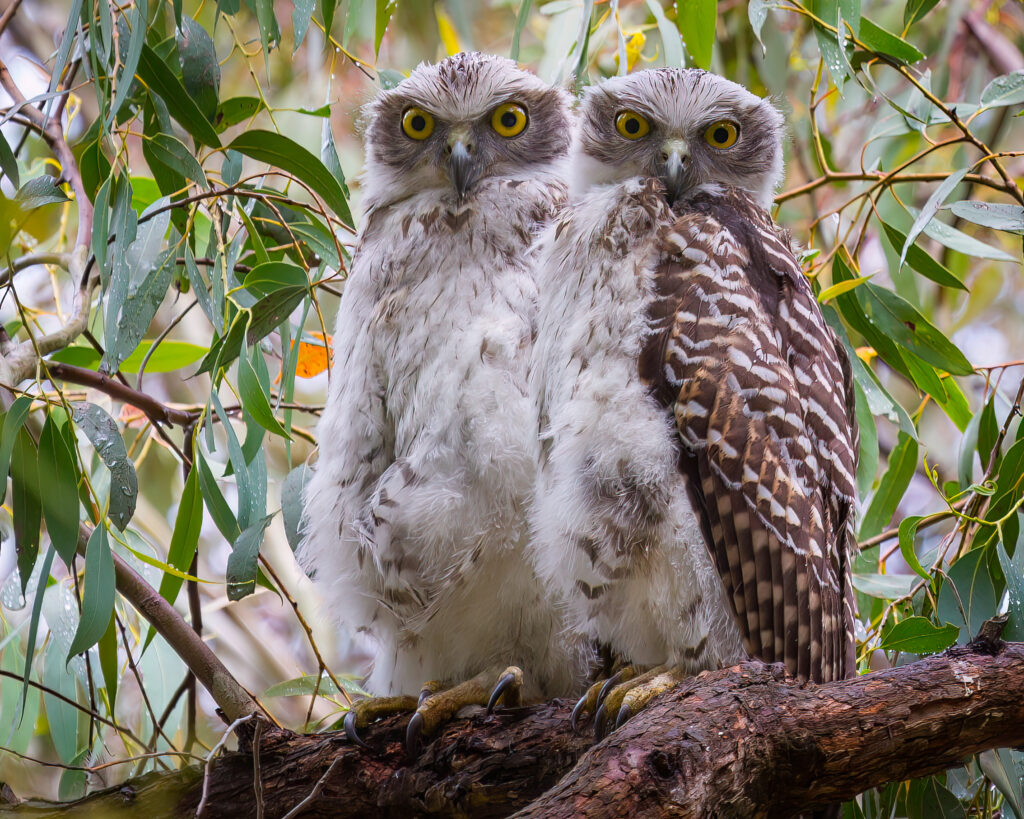
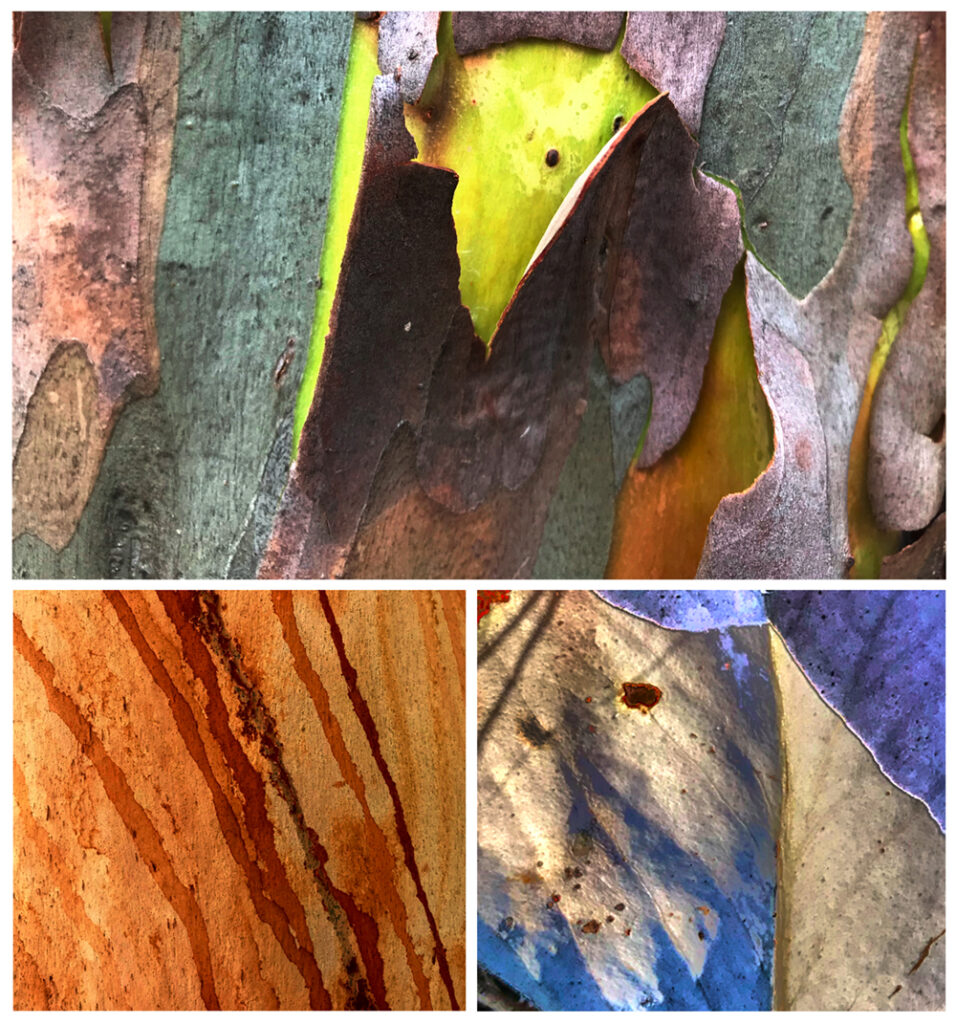
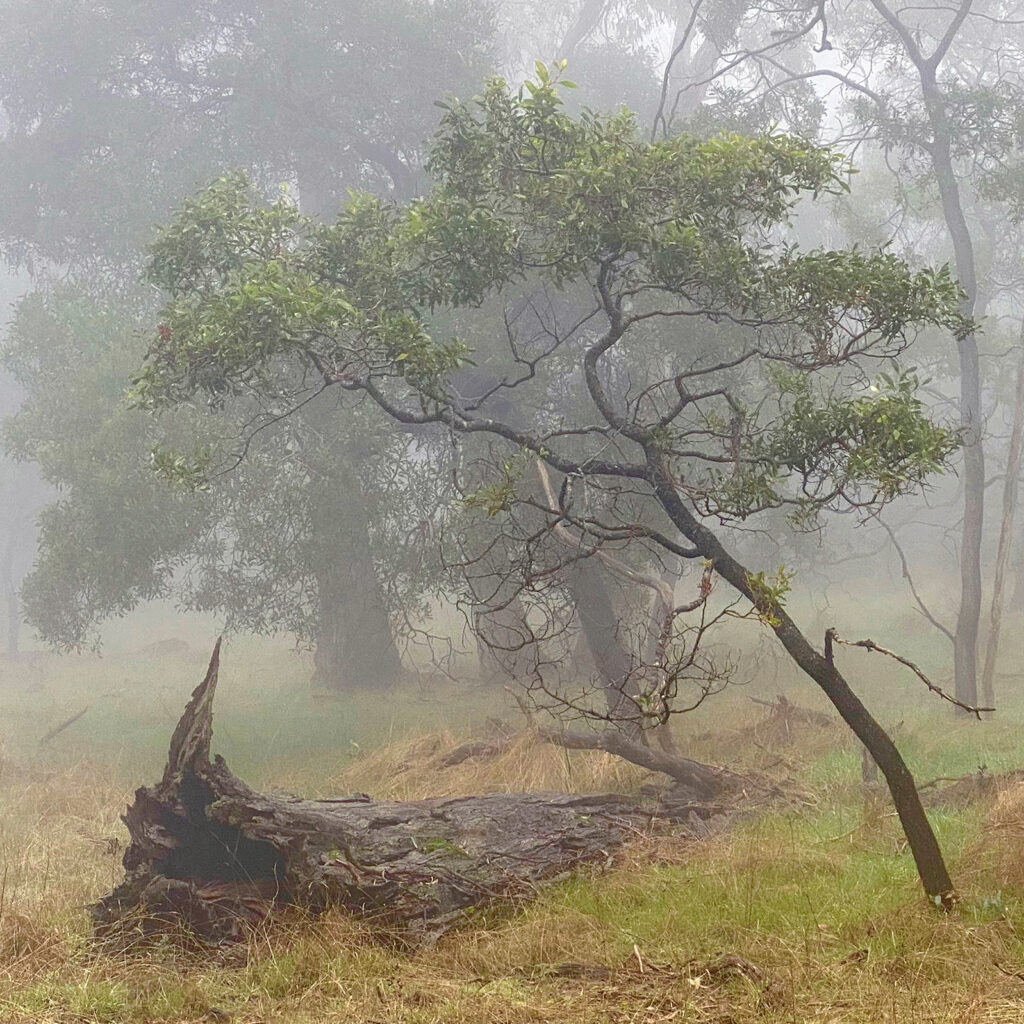
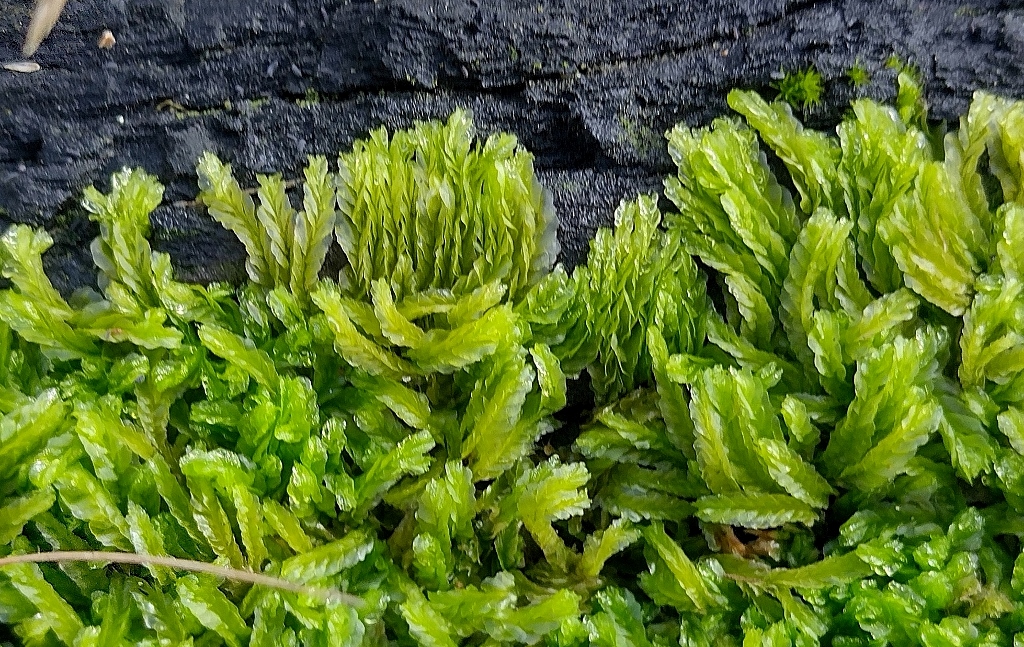
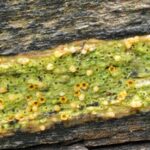
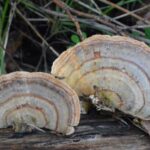
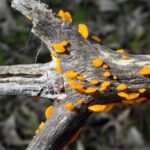

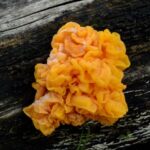
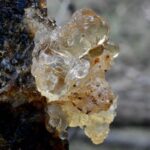
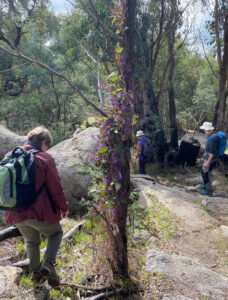
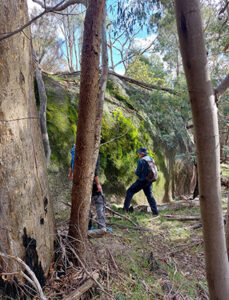
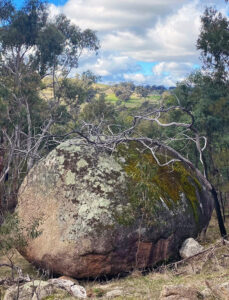
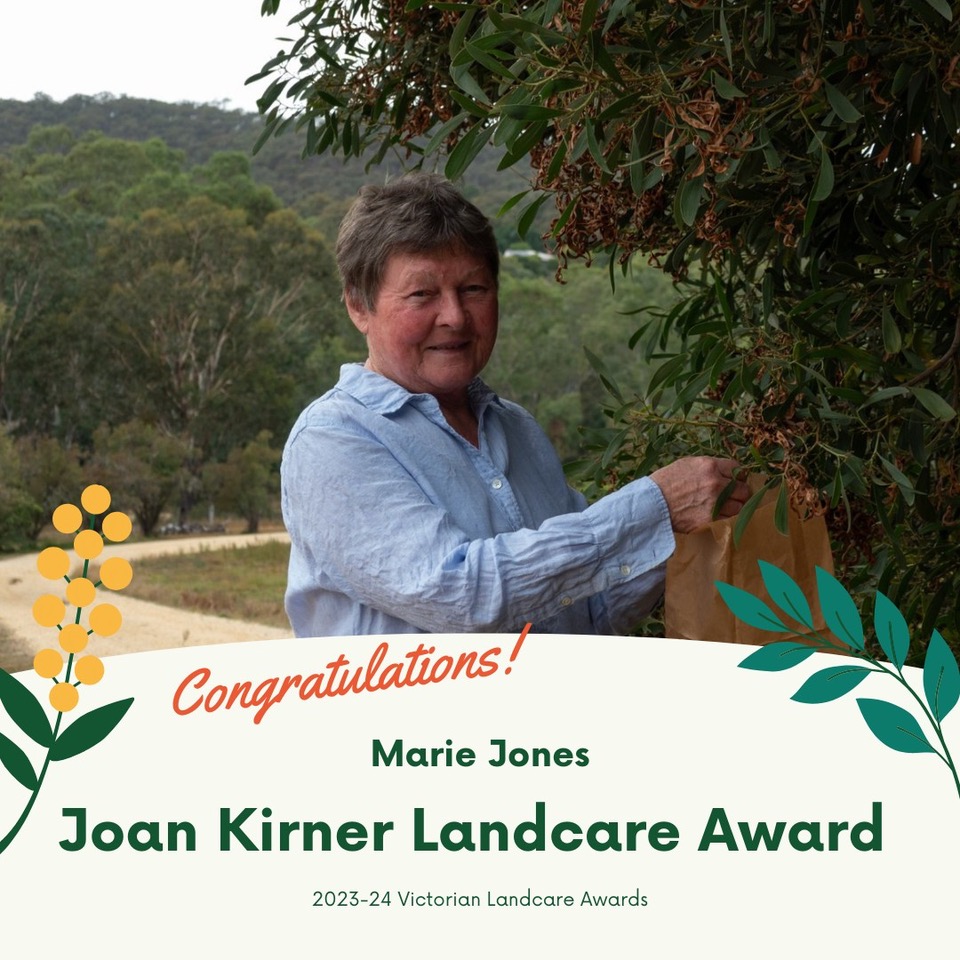



 Click on image for info/order page
Click on image for info/order page Click on image for info/order page
Click on image for info/order page Click on image for info/order page
Click on image for info/order page




















